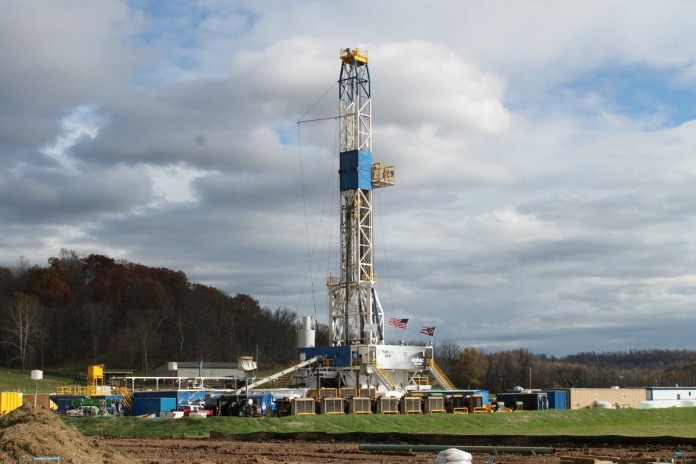COLUMBUS — The Ohio Department of Natural Resources (ODNR) Director James Zehringer announced new, stronger permit conditions for drilling near faults or areas of past seismic activity April 11. The new policies are in response to recent seismic events in Poland Township (Mahoning County) that show a probable connection to hydraulic fracturing near a previously unknown microfault.
Sensitive seismic monitors
New permits issued by ODNR for horizontal drilling within 3 miles of a known fault or area of seismic activity greater than a 2.0 magnitude would require companies to install sensitive seismic monitors. If those monitors detect a seismic event in excess of 1.0 magnitude, activities would pause while the cause is investigated.
If the investigation reveals a probable connection to the hydraulic fracturing process, all well completion operations will be suspended. ODNR will develop new criteria and permit conditions for new applications in light of this change in policy. The department will also review previously issued permits that have not been drilled.
“While we can never be 100 percent sure that drilling activities are connected to a seismic event, caution dictates that we take these new steps to protect human health, safety and the environment,” said Zehringer. “Not only will this reasonable course of action help to ensure public health and safety but it will also help us to expand our underground maps and provide more information about all types of seismicity in Ohio.”
Serious issue
“ODNR’s directives are a sensible response to a serious issue that regulators across the country are closely examining,” said Gerry Baker, associate executive rirector of the Interstate Oil and Gas Compact Commission. “IOGCC is pleased to work with Ohio and other states to share scientific data to better understand the nature of these occurrences.”
“These additional standards add even more strength to Ohio’s already comprehensive regulatory program,” said Mike Paque, executive director of the Groundwater Protection Council. “State regulators are taking an aggressive lead in tackling tough and complicated oil and gas issues and ODNR is no exception.”
800 wells drilled
More than 800 wells have been drilled in Ohio’s Utica and Marcellus shale play, including as many as 16,000 hydraulic fracturing stages from those wells. Regarding the seismic events in Poland Township, Mahoning County, ODNR geologists believe the sand and water injected into the well during the hydraulic fracturing process may have increased pressure on an unknown microfault in the area.
Further hydraulic fracturing at the site is suspended, but the company will be permitted to recover resources from five of the previously drilled wells located on the pad. This is also expected to have the beneficial effect of reducing underground pressure and decreasing the likelihood of another seismic event.
Consortium created
Under ODNR’s lead, Ohio has joined a consortium of state regulators dedicated to learning more about seismic activity, especially as it relates to oil and gas activity. The members of this consortium are currently working with the Interstate Oil and Gas Compact Commission and Groundwater Protection Council to share information and knowledge. The working group also hopes to draw upon current and future research to develop common procedures for how to monitor for seismic activity and respond if activity occurs.
The Ohio Seismic Network, coordinated by ODNR and operated by various partners, began recording seismic events in 1999. Before that time, the recording of seismic events varied from distant machines and felt reports. Ohio has a history of seismic activity, and since the network has established, Ohio has experienced 109 events greater than 2.0 magnitude. Data from the Ohio Seismic Network will be used as part of our new application review process.
A map of underground seismic faults and past seismic events is available at oilandgas.ohiodnr.gov.











